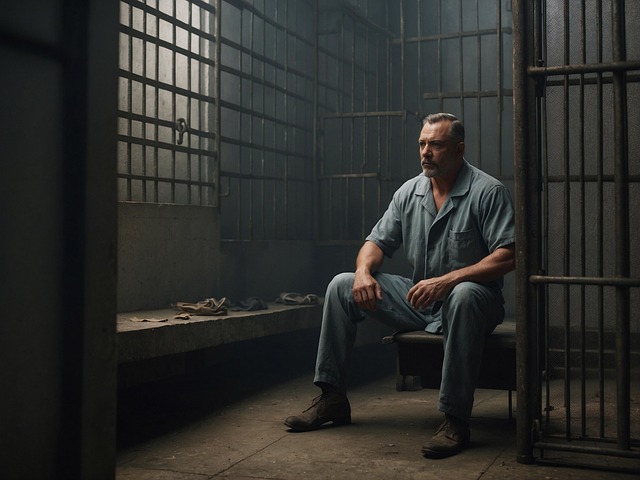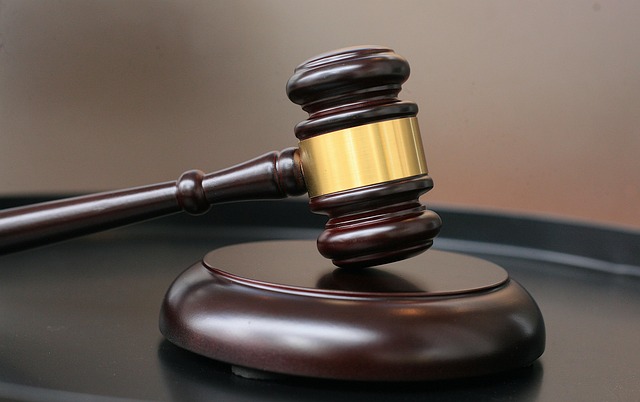Pedestrian accident compensation is a crucial legal safety net for injured pedestrians, focusing on establishing liability and securing fair reimbursement for damages. Governed by specific laws and regulations, these claims often hinge on driver negligence like speeding or running red lights. Evidence, including medical records, eyewitness accounts, and surveillance footage, plays a pivotal role in proving injuries and the at-fault party's negligence, ultimately determining compensation amounts. High-quality evidence significantly improves a pedestrian accident victim's chances of achieving just and fair compensation.
Pedestrian accidents can have severe consequences, making understanding your legal rights and the evidence required for successful compensation claims crucial. This article provides a comprehensive guide, exploring the legal perspective on pedestrian accident compensation and delving into the role of evidence in strengthening these claims. We’ll uncover common types of evidence, their impact on case outcomes, and offer valuable insights to help you navigate this complex process.
- Understanding Pedestrian Accident Compensation: A Legal Perspective
- The Role of Evidence in Supporting Pedestrian Injury Claims
- Common Types of Evidence and Their Impact on Case Outcomes
Understanding Pedestrian Accident Compensation: A Legal Perspective
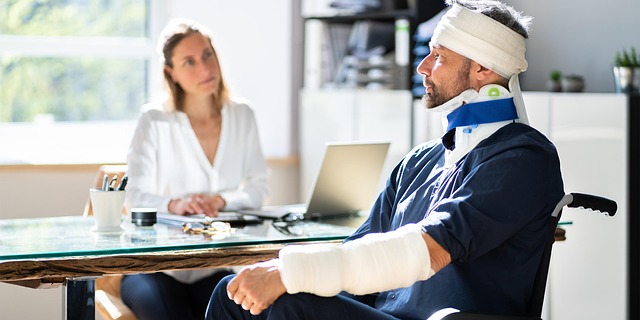
Pedestrian accident compensation is a crucial aspect of legal support for individuals who have suffered harm due to their involvement in road accidents as pedestrians. From a legal perspective, it’s essential to understand that these cases often revolve around determining liability and ensuring victims receive fair compensation for their injuries, medical expenses, and any resulting losses.
In many jurisdictions, pedestrian accident compensation claims are governed by specific laws and regulations designed to protect vulnerable road users. These laws may include provisions related to negligence, strict liability, or a combination of both. For instance, if a driver’s actions breach the duty of care owed to pedestrians, such as speeding, running red lights, or failing to yield, it can constitute medical negligence and open up grounds for compensation. Similarly, employment contracts or insurance policies may offer additional protections or avenues for financial redress in the event of pedestrian accidents, ensuring that victims are not left to bear the brunt of associated costs and losses.
The Role of Evidence in Supporting Pedestrian Injury Claims
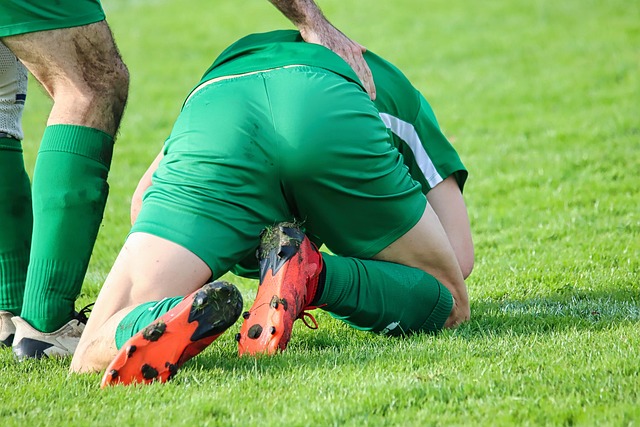
In the intricate landscape of personal injury law, evidence is the cornerstone that supports pedestrian accident compensation claims. Without robust and relevant evidence, such claims often face significant hurdles in navigating complex legal procedures. Pedestrians injured due to another party’s negligence require irrefutable proof to substantiate their cases and secure the just pedestrian accident compensation they deserve. This can include medical records detailing the extent of injuries, eyewitness accounts providing a clear timeline of events, and surveillance footage capturing the incident.
Each element of a successful claim demands meticulous documentation. For instance, in a contract dispute involving a car accident lawyer representing a pedestrian, the attorney must present evidence that clearly demonstrates a breach of fiduciary duty by the at-fault party. This might involve proving negligence through expert opinions, damage assessments, and adherence (or lack thereof) to industry standards. The strength of this evidence is crucial in distinguishing legitimate claims from baseless accusations, ultimately shaping the outcome of pedestrian accident compensation cases.
Common Types of Evidence and Their Impact on Case Outcomes
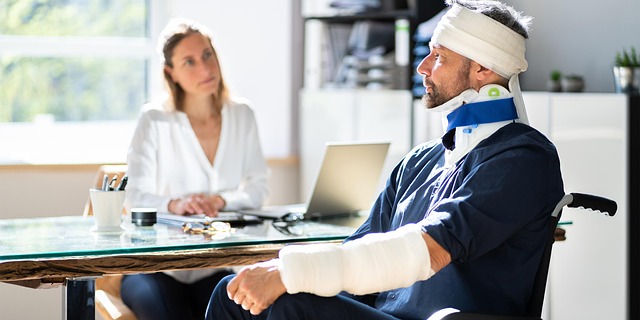
In pedestrian accident compensation claims, the strength of evidence presented can significantly influence the outcome of a case. Common types of evidence include medical records detailing injuries and treatment, eyewitness statements providing accounts of the incident, and photographic or video evidence capturing the scene and relevant details. These pieces of evidence serve as crucial pillars supporting the claim, helping to establish liability and the extent of the pedestrian’s injuries.
The impact of such evidence is profound. Medical records can demonstrate the severity of injuries and their long-term effects, thereby reinforcing the need for adequate injury compensation. Eyewitness statements offer an independent perspective that corroborates or contradicts the claimant’s version of events, adding weight to their case. Visual evidence, like photographs or videos, can capture crucial details—from road conditions to vehicle damage—that aid in reconstructing the accident and determining liability, especially in complex cases involving truck accidents or elder law issues where negligence might be debated. Ultimately, a robust evidentiary framework not only strengthens the claim but also increases the likelihood of securing fair and just pedestrian accident compensation.
Pedestrian accident compensation claims heavily rely on evidence to establish liability and quantify damages. Understanding the legal framework and the role of evidence is crucial for successful claims. By gathering and presenting compelling evidence, such as medical records, witness statements, and surveillance footage, injured pedestrians can navigate the legal process effectively. This ensures that they receive the appropriate compensation for their injuries, holding responsible parties accountable in the process. When it comes to pedestrian accident compensation, solid evidence is the key to achieving justice.



